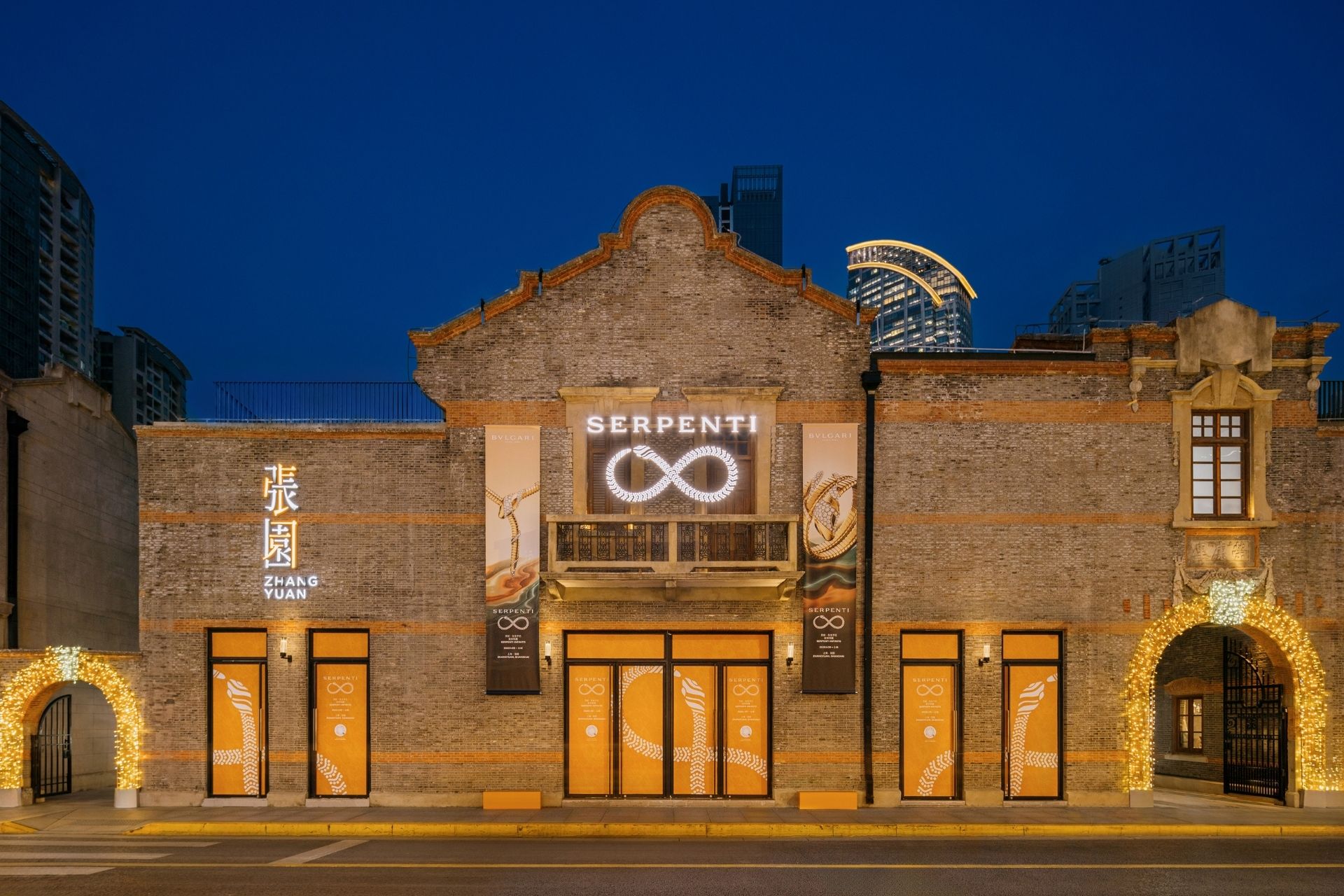Beyond marketing and sales, augmented reality could represent a huge opportunity to involve luxury watch consumers at every stage of creation, providing the ultimate customer experience.

“In terms of design, and at all levels of craft, technology will allow designers to create virtually unique pieces for each client very easily – whether 3D printed or handcrafted,” he said. “This is going to open a world of creative ideas, where talent and style will be rewarded more than technical expertise. Exciting.”
Watching AR growth
Meerson Watches is one brand that brings customers into its design process using the technology of AR. Owners are able to view a sophisticated digital version of their watches as they work with the watchmakers to design their special piece.
When designing, Meerson’s application and AR technology allows associates to gain a more advanced picture of accurate sizing. After the watch’s completion, customers will be able to use the AR features in the app as an interactive manual.
Along with the design process, watchmakers are using AR to help consumers discover what went into their timepieces.
Swiss watchmaker Ulysse Nardin recently infused the timepiece buying process with augmented and virtual reality through a pop-up at Watches of Switzerland in New York.
The temporary outpost is the first in the United States to use Leap Motion software, which will let consumers visualize the mechanics behind the brand’s watches. The pop-up brings digital and physical experiences together in an exclusive retail partnership.
Likewise, fine watchmaker Girard-Perreguax – which is also owned by parent company Richemont – was one of the first watchmakers to introduce a virtual try-on app through the use of AR in 2010.
At Baselworld last year, Rolex launched an AR try-on app that offers a high-end viewing experience for customers to gain a clear picture of what it would be like to wear the product on his or her wrist.
Using the same technology, resale platform Watchbox has released a feature on its app with the inventory of available watches. Users must print out a paper that acts as an anchor for the technology to get an accurate and realistic experience.
“Technology plays a crucial role for WatchBox and our omnichannel approach,” said Danny Govberg, cofounder of WatchBox. “But it’s not just technology for technology’s sake.
“Every innovation we pursue always has the end goal of providing personalised service, education, expert council and convenience for our customers,” he said. “Our investment into augmented reality is for our ecommerce customers to feel confident in their online purchase.”
A variety of other apps such as Chrono24’s Virtual Try-On feature similar experiences.
Moving forward
Luxury conglomerate Richemont recently helped visitors to the immersive shops and restaurants at Hudson Yards step into its brands with a special installation.
Brands such as Cartier, IWC, Jaeger-LeCoultre, Montblanc, Panerai, Piaget, Vacheron Constantin and Van Cleef & Arpels are getting their stories told through a 3D experience in New York, dubbed “Arcadium.” Open from July 12 to 25, Arcadium hosted a series of events and tech demonstrations in addition to jewelry and watchmaking workshops.
The experience, similar to Ulysse Nardin’s, used augmented reality technology in its exhibition.
In the future it is likely that AR will be used more in the design process, in addition to 3D printing.
“Our view is that technology, and AR in particular, can help nurture the intimacy between the owner, the designer and the artisans,” Mr. Meerson said. “This is part of the essence of our work in luxury.
“Beyond marketing and even sales, there is a huge opportunity to involve the owner at every stage of creation and manufacturing and even after delivery – to craft the most unique and pleasurable experience,” he said.
This article was originally published on Luxury Daily. It has been adapted for clarity and style and is republished with permission.








